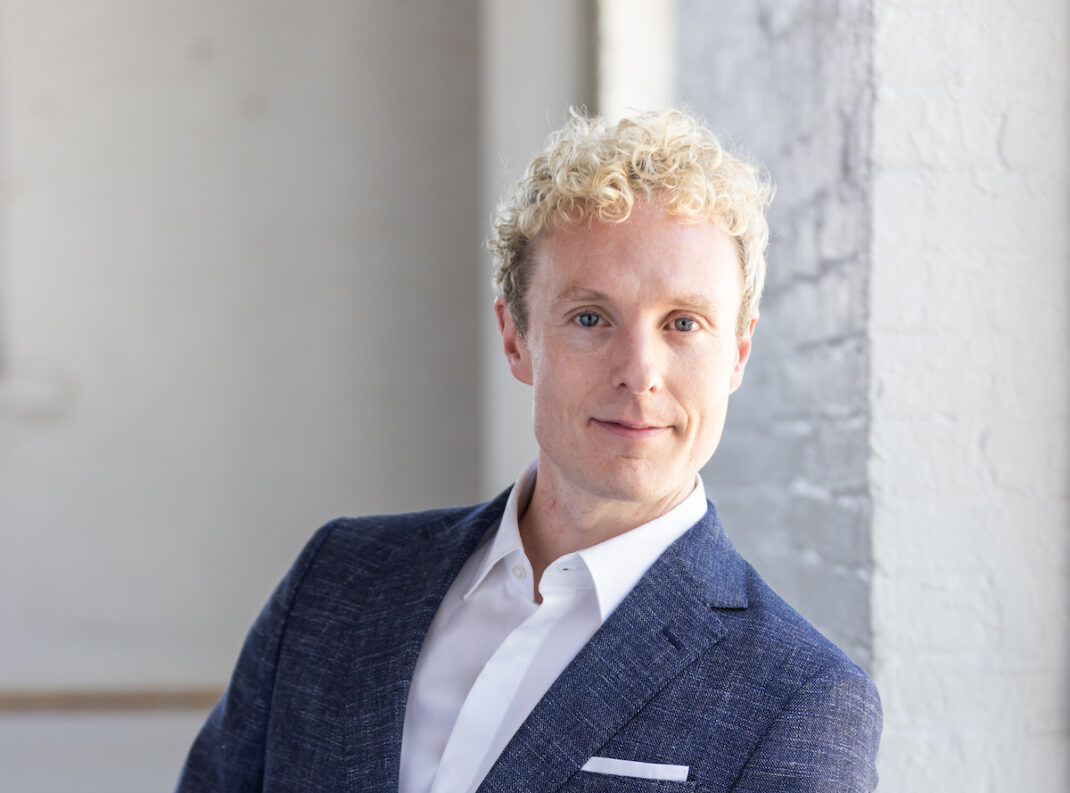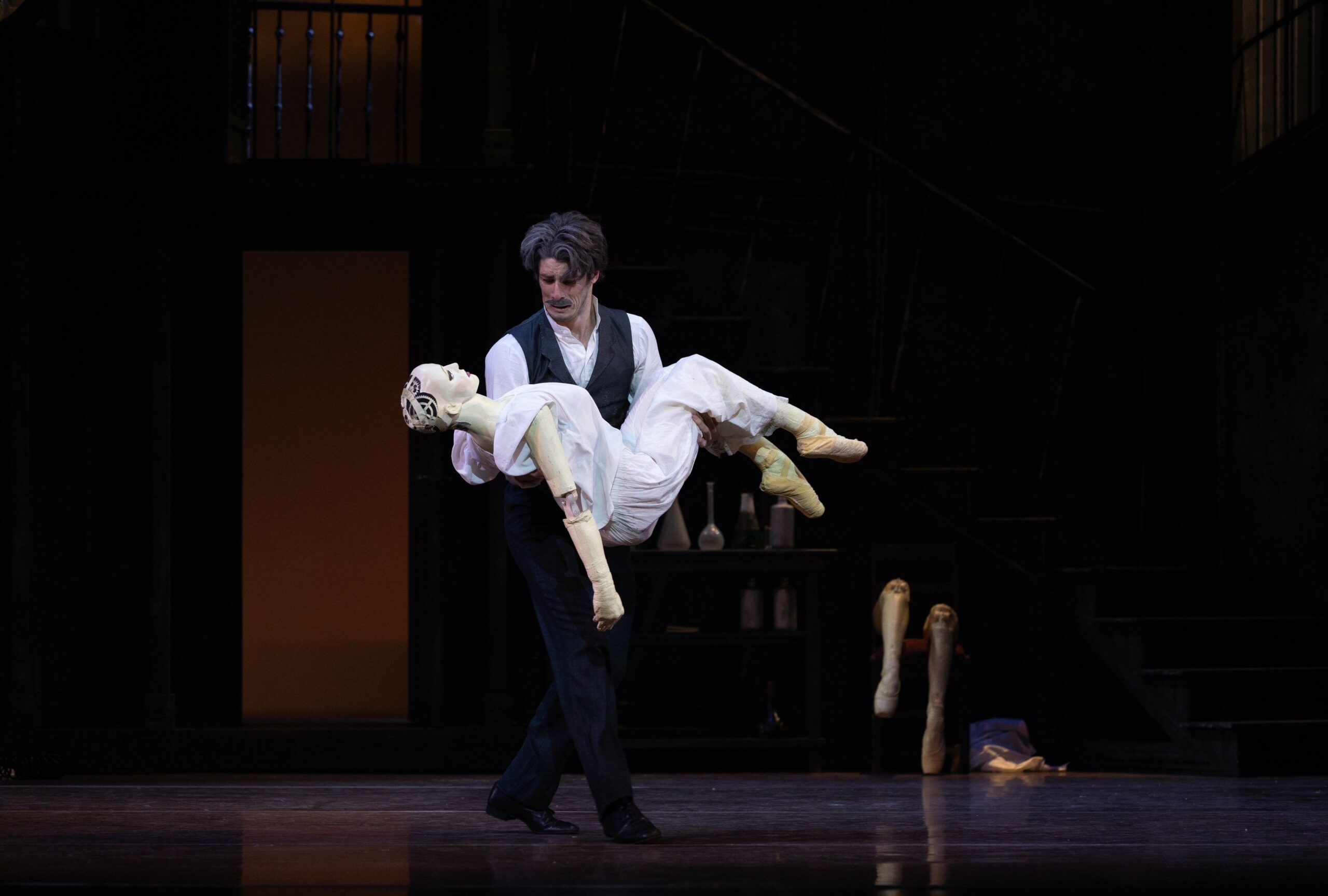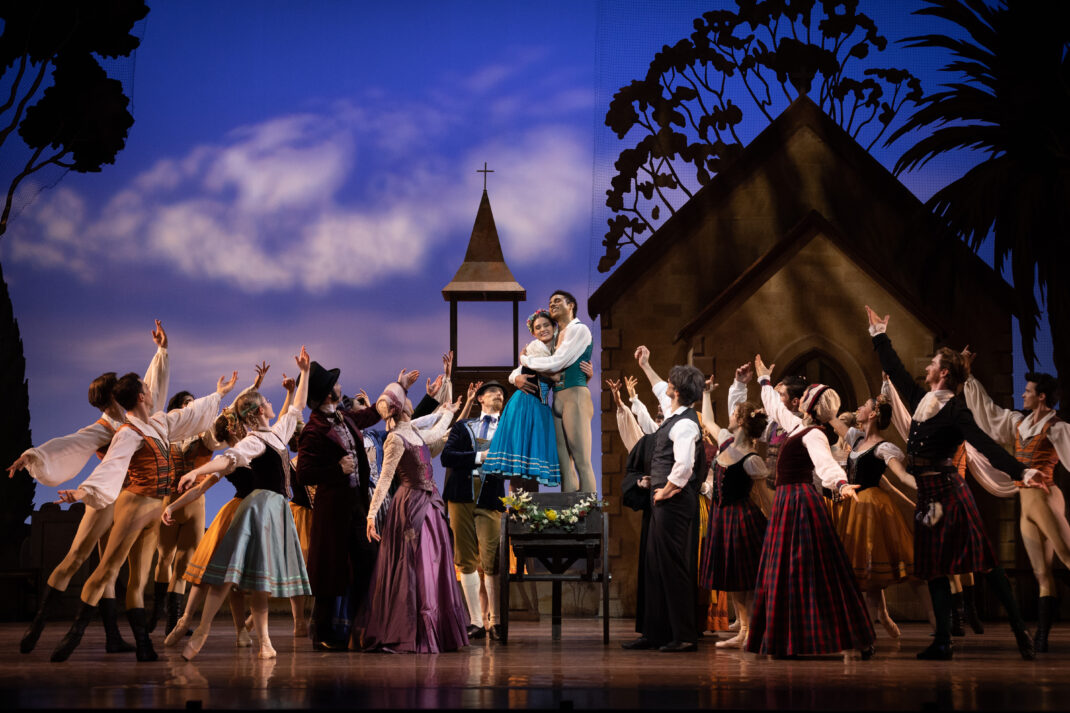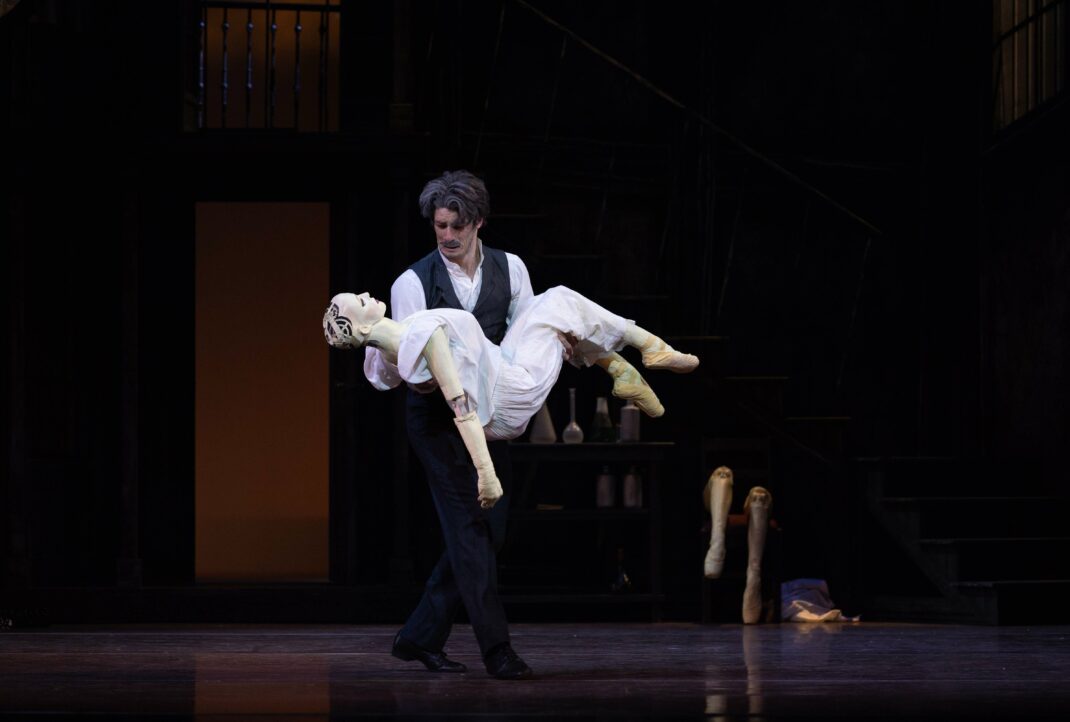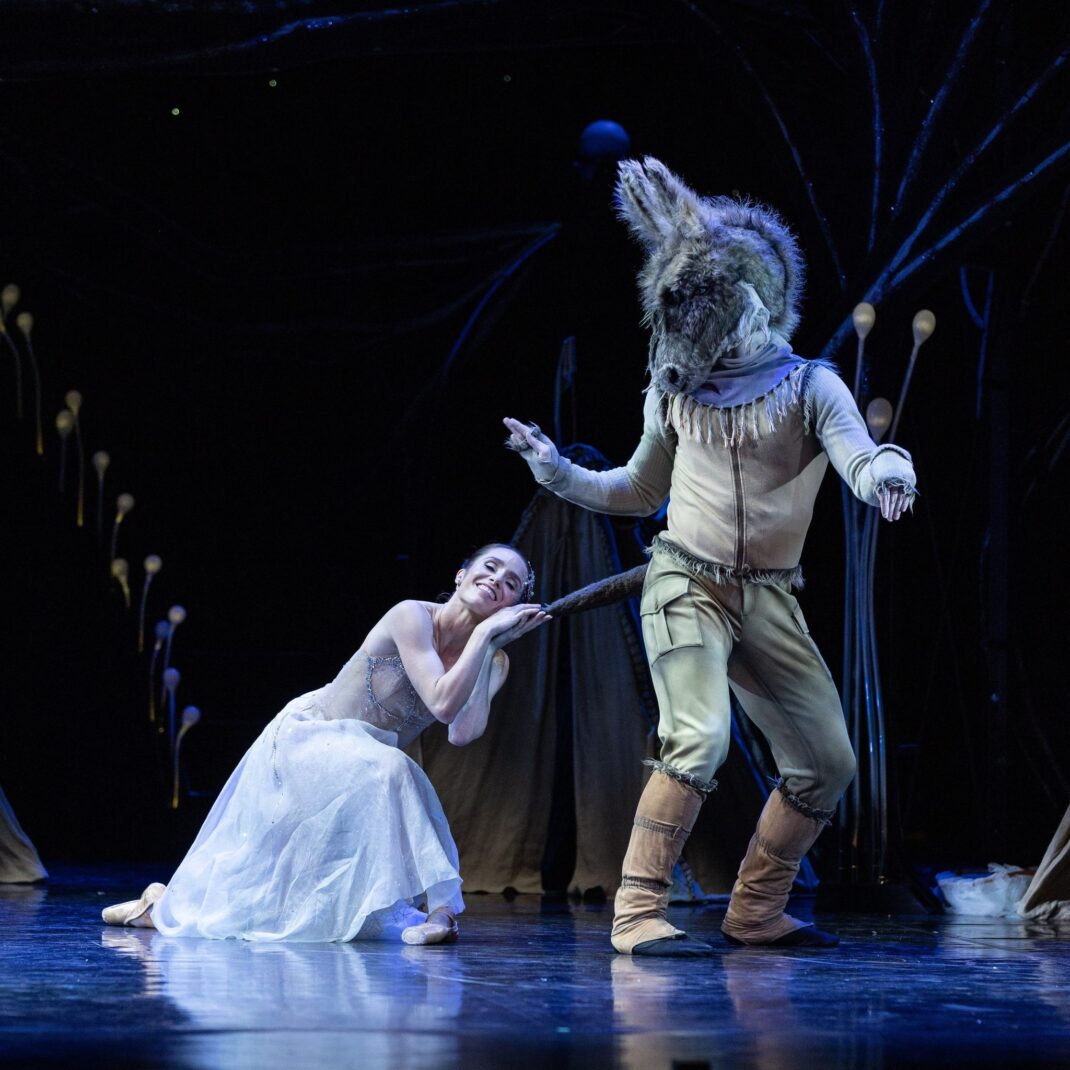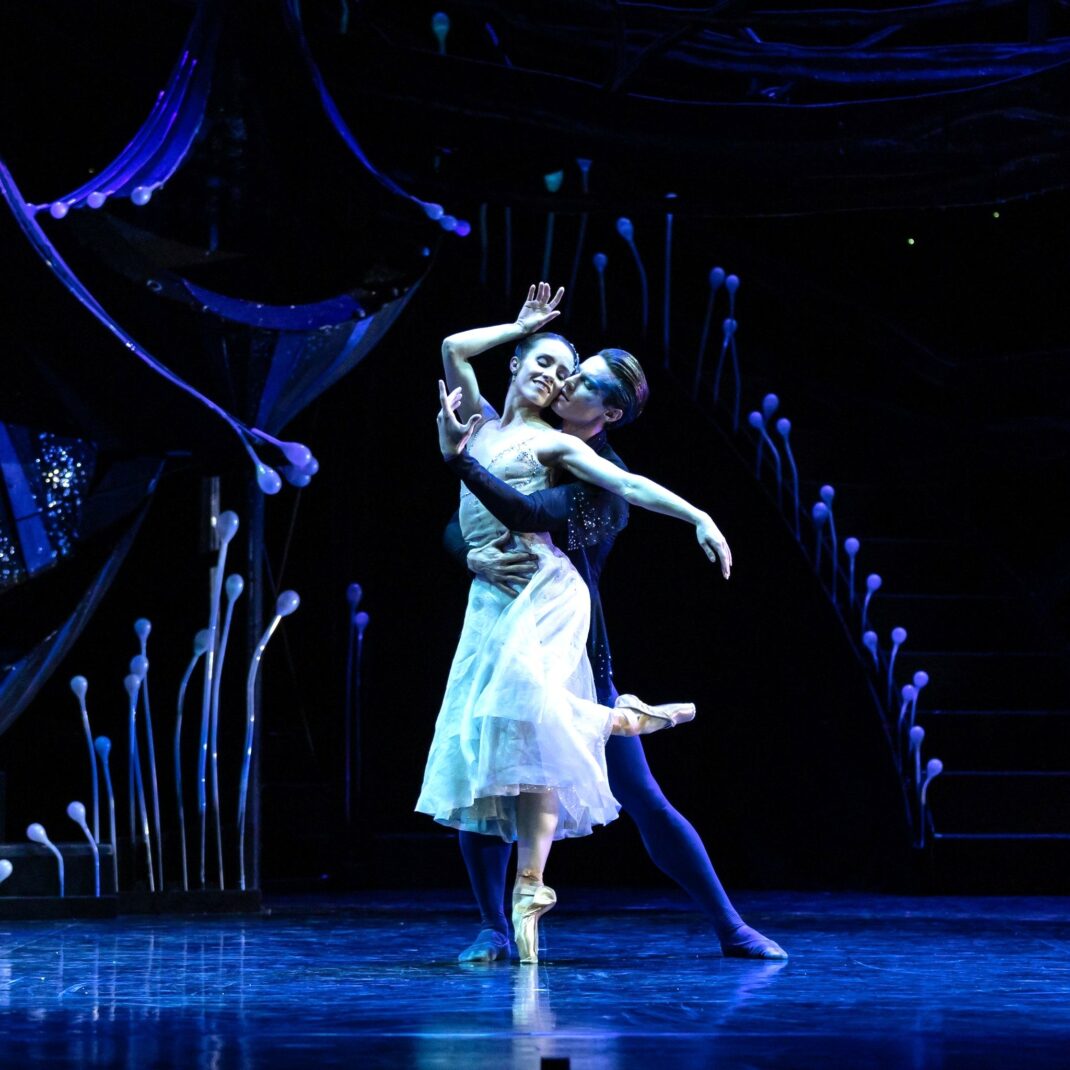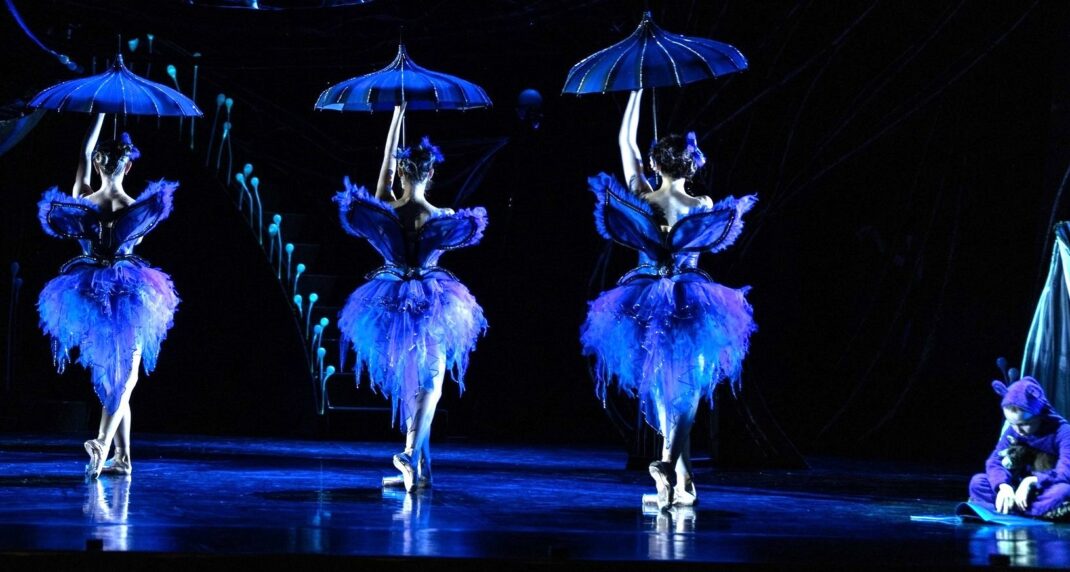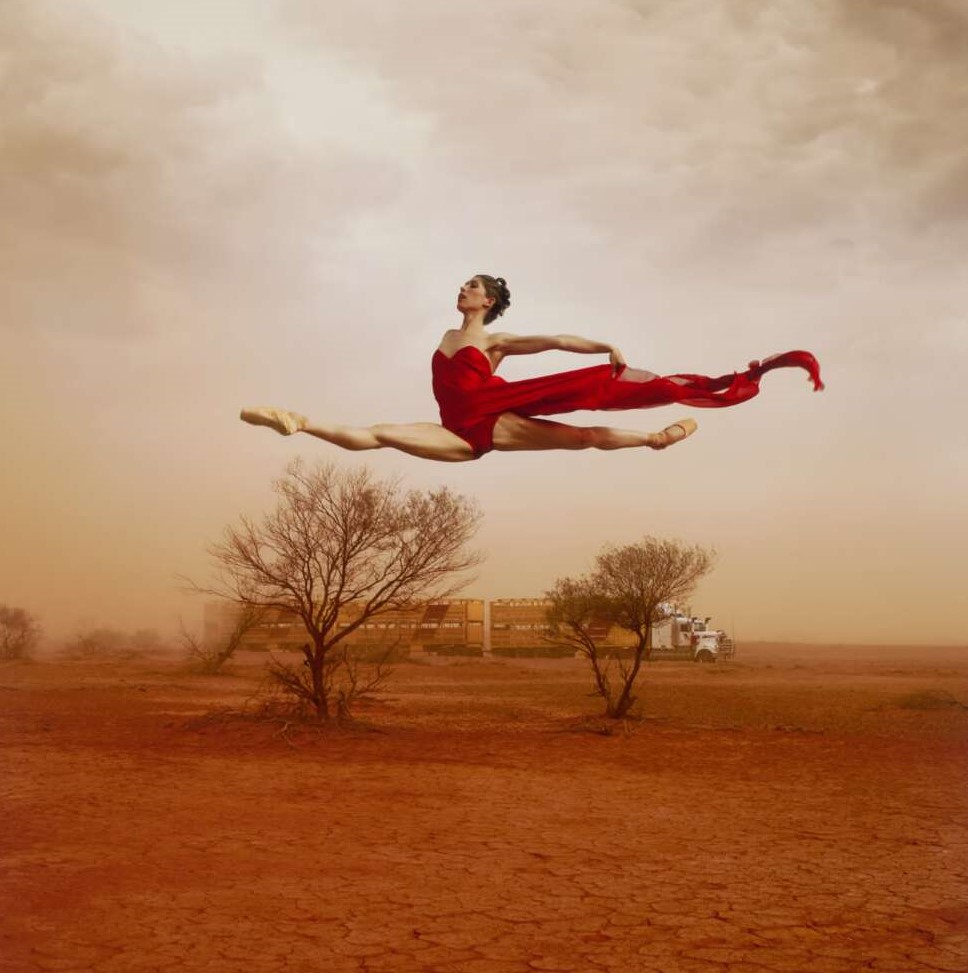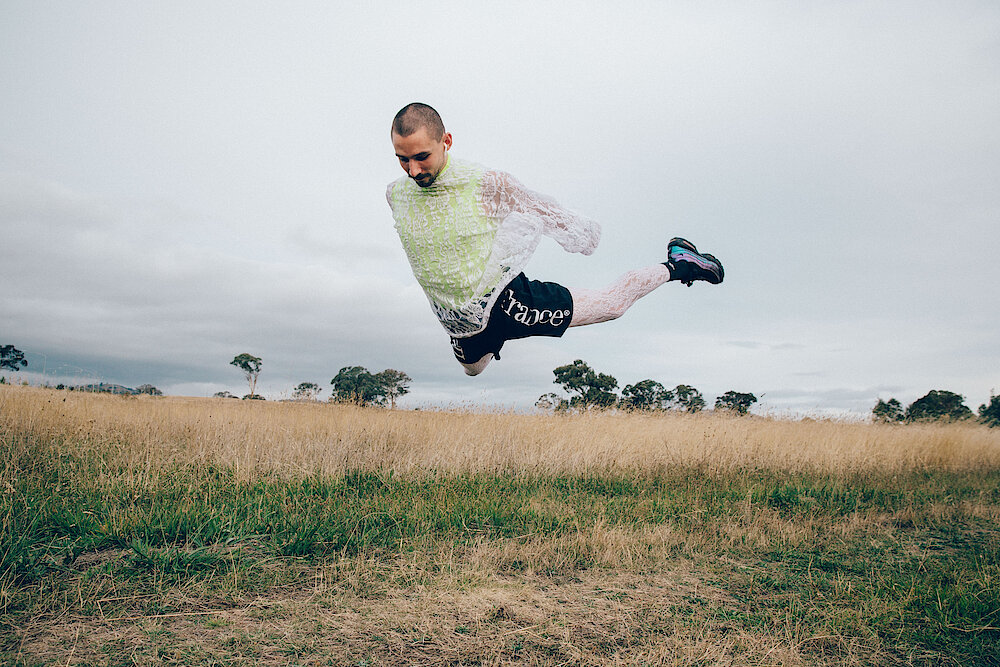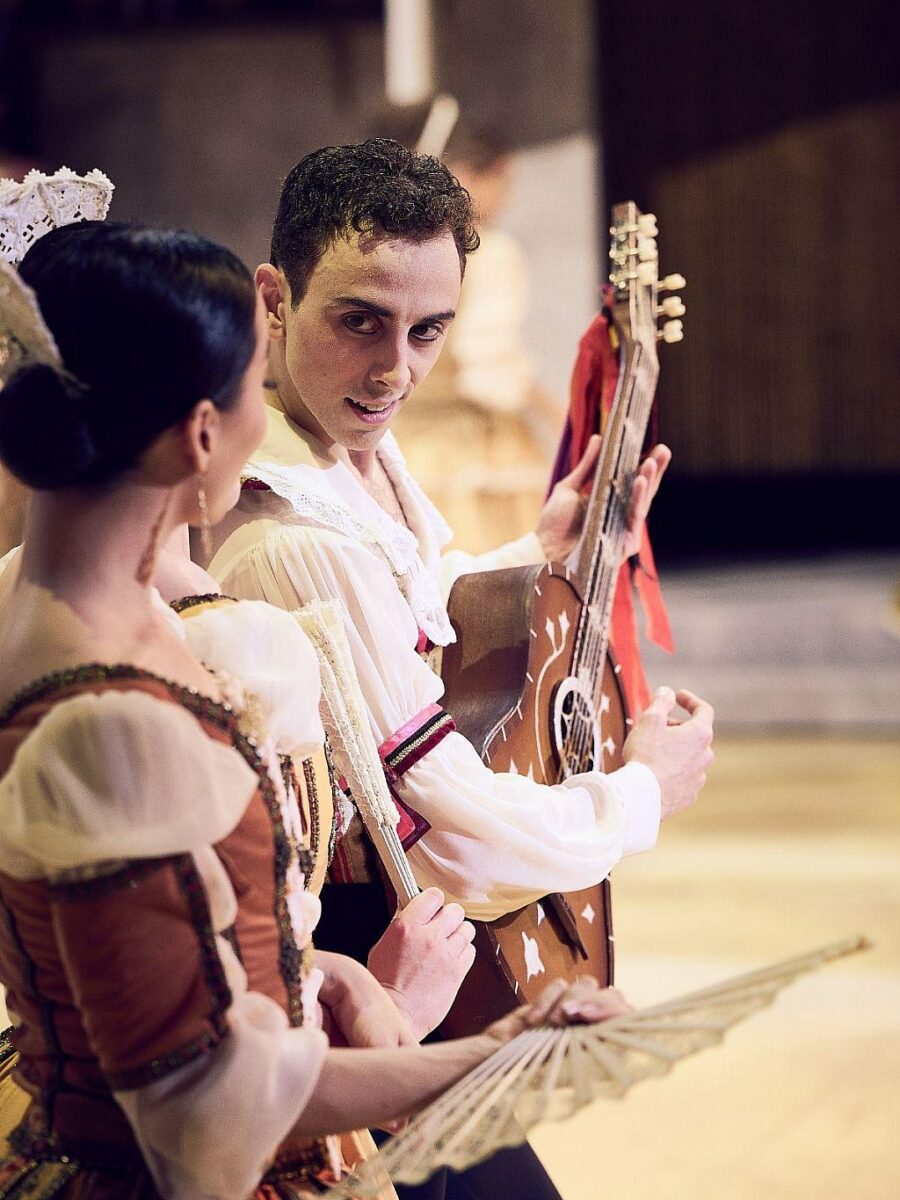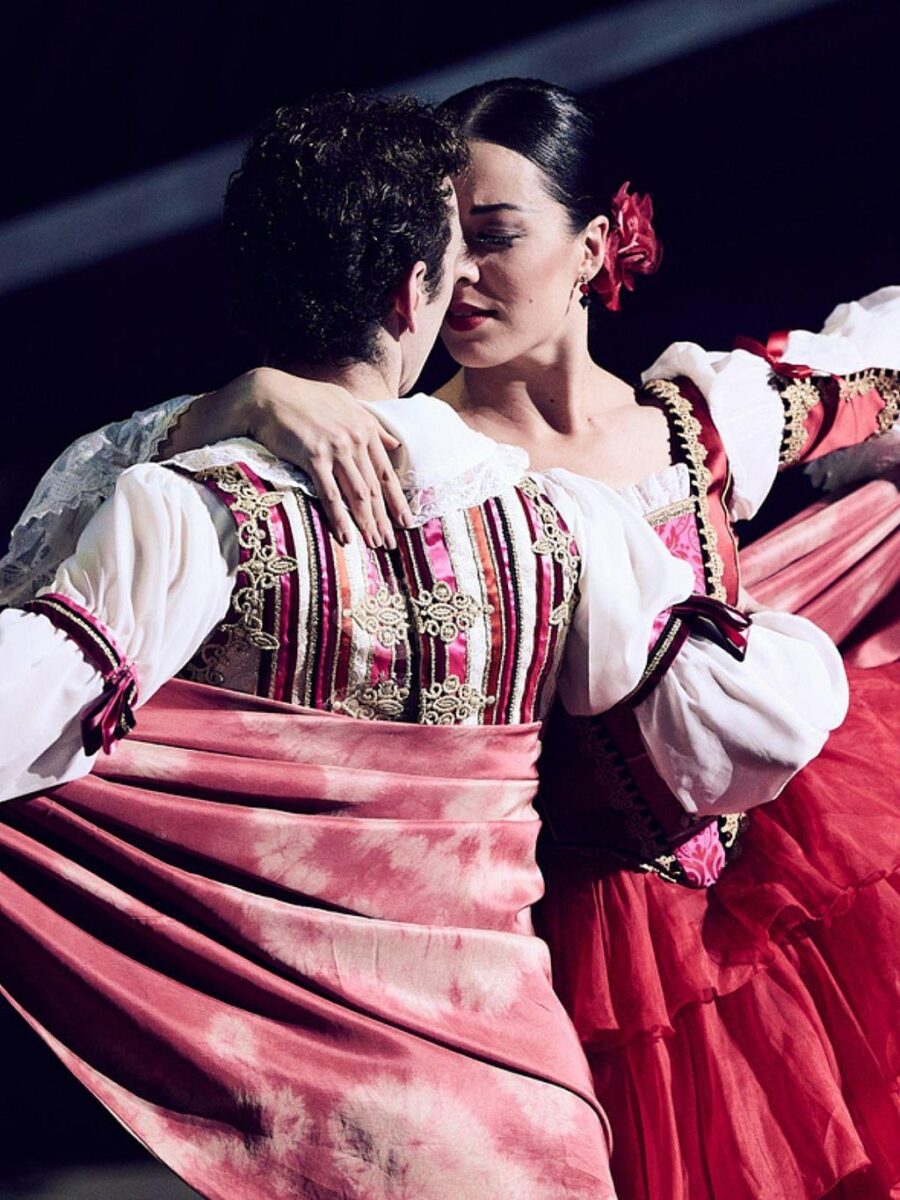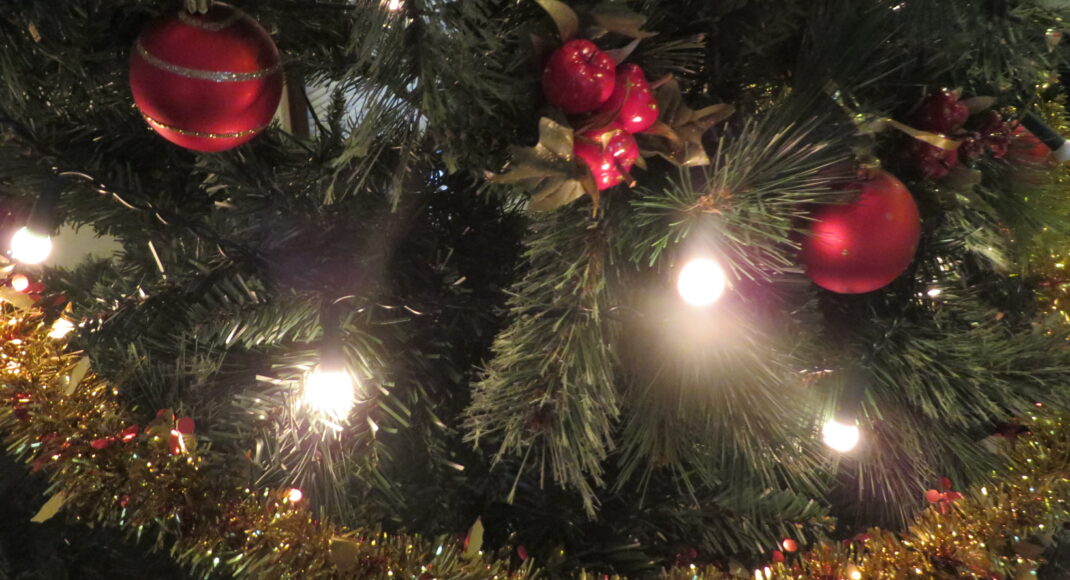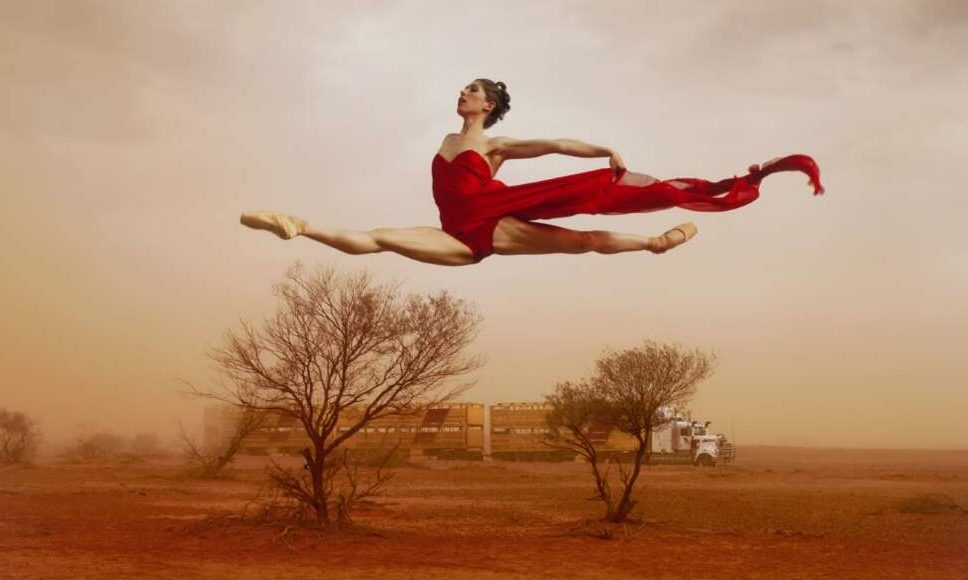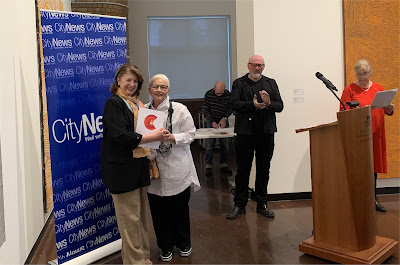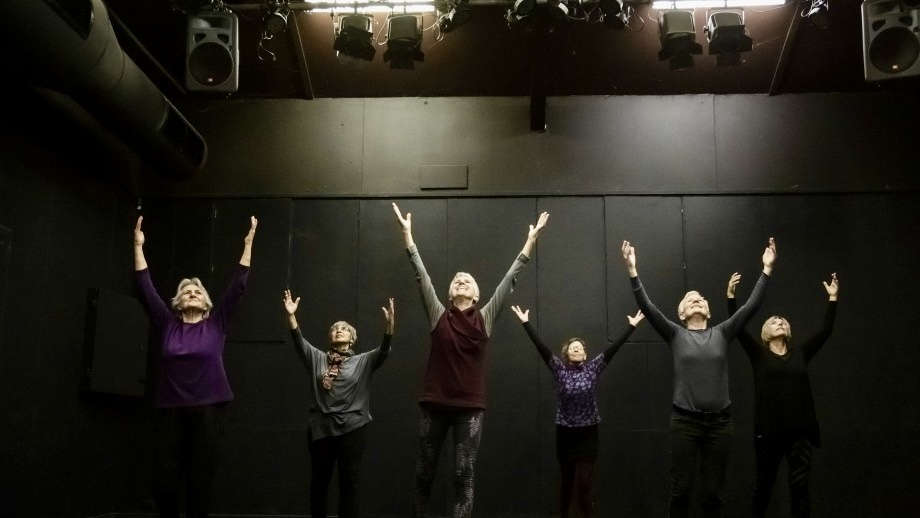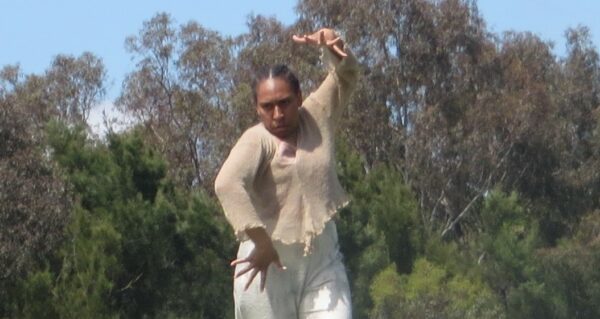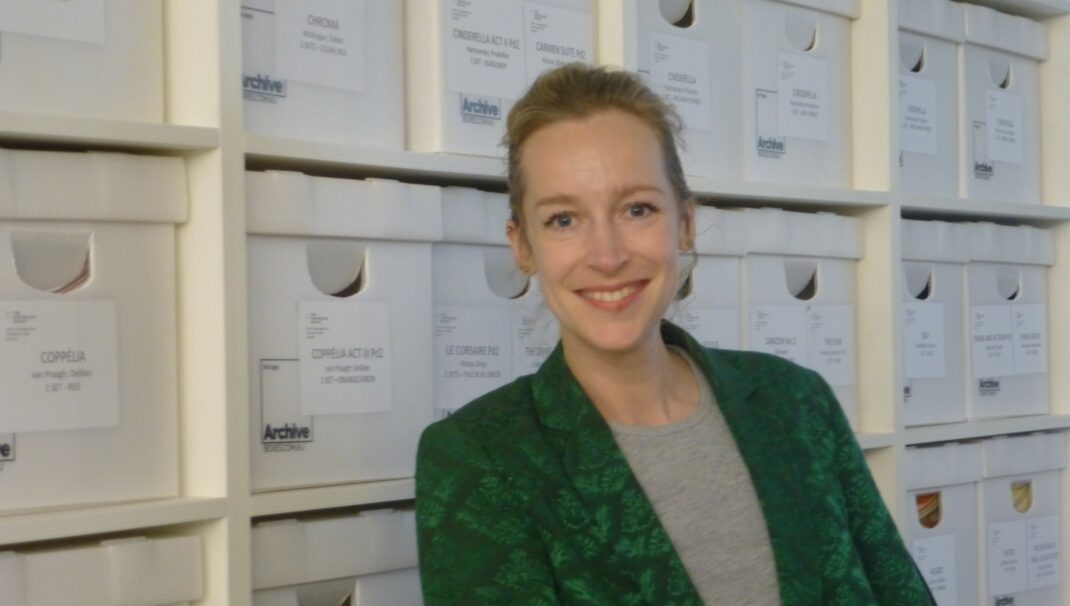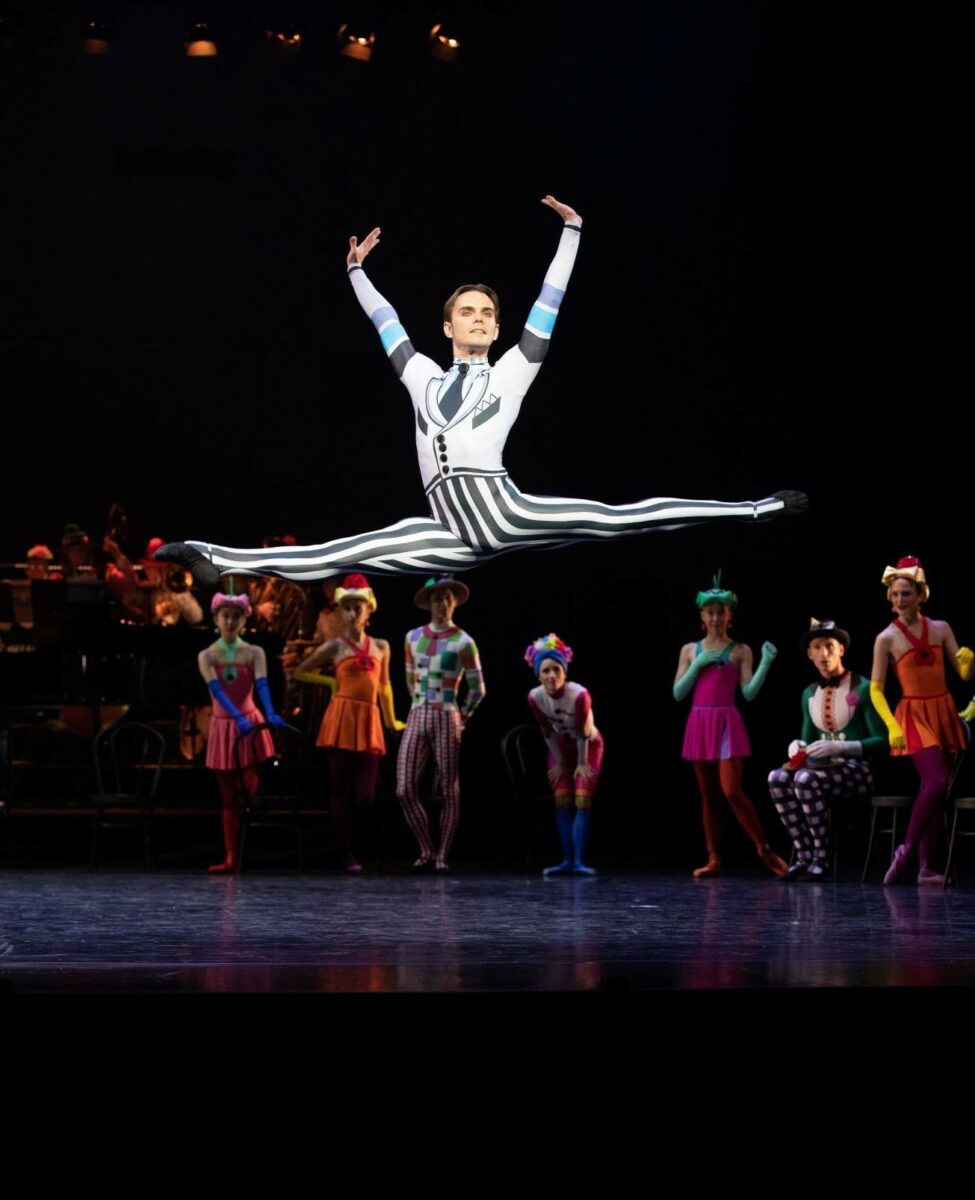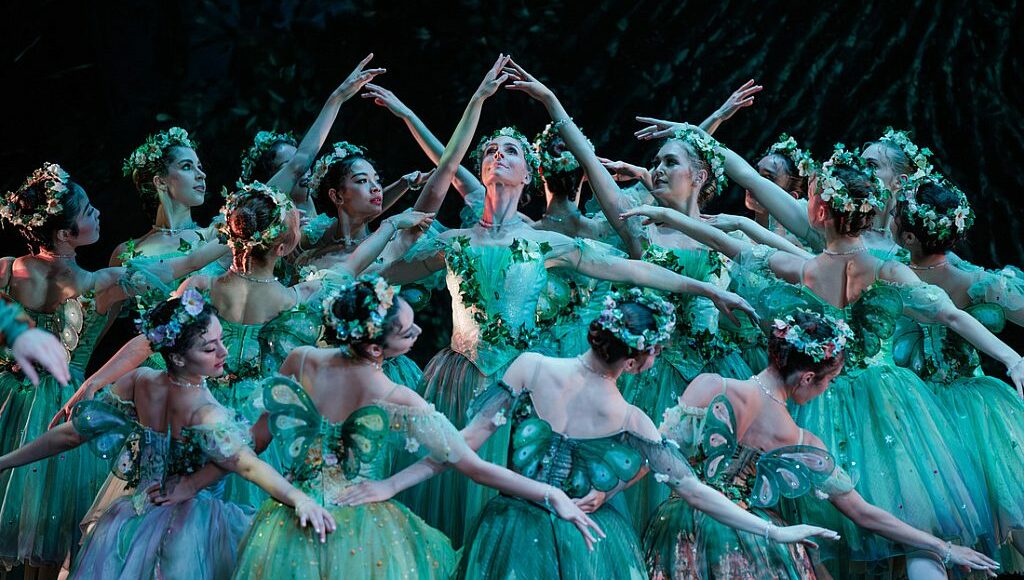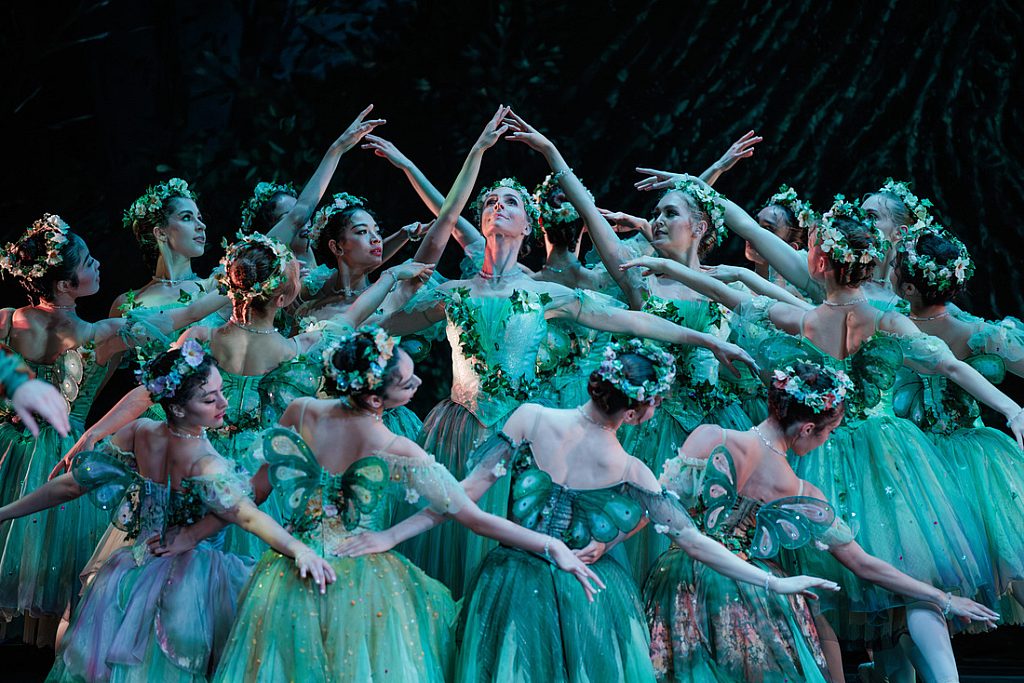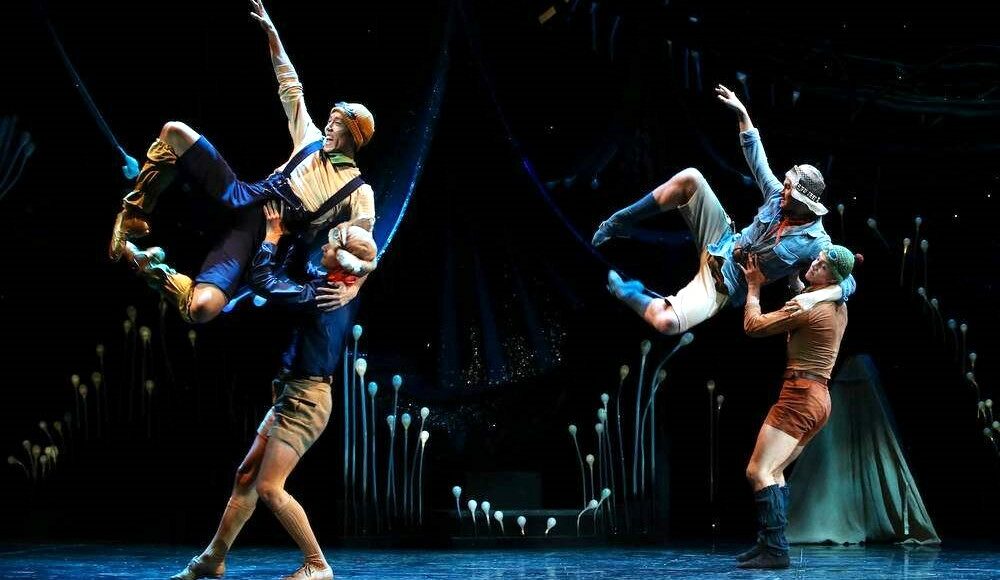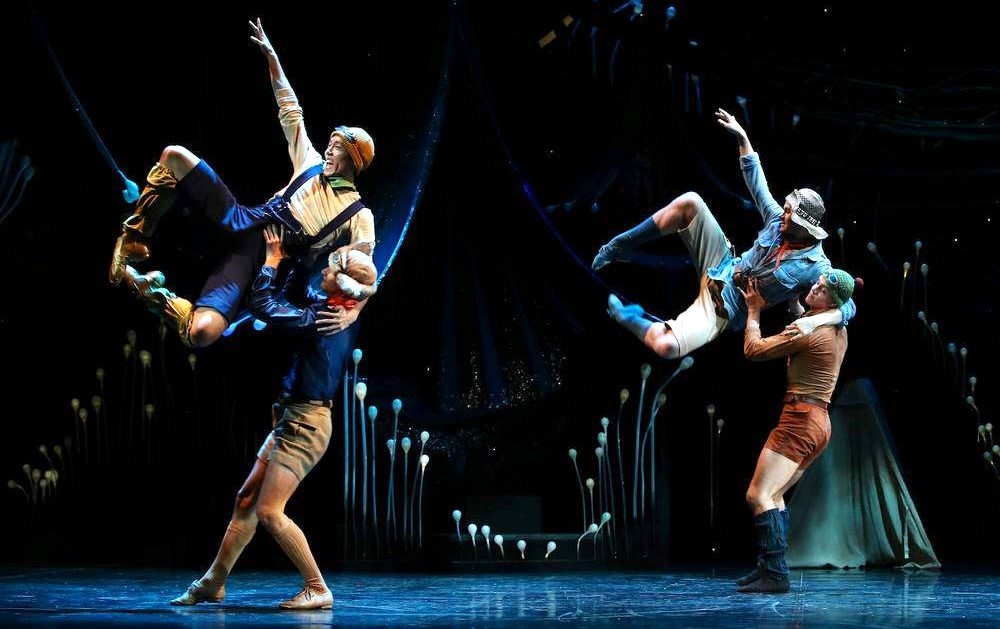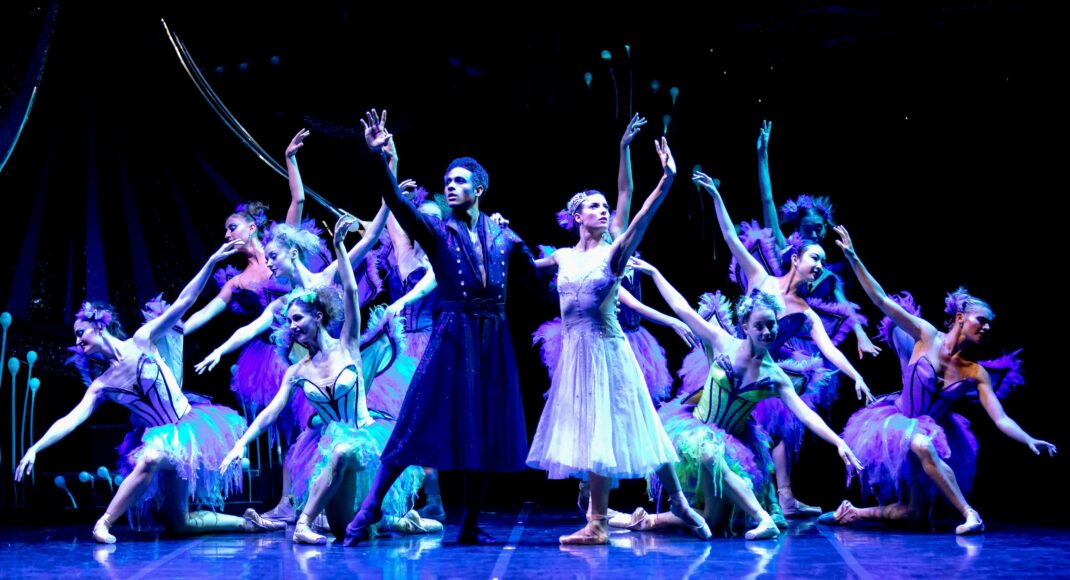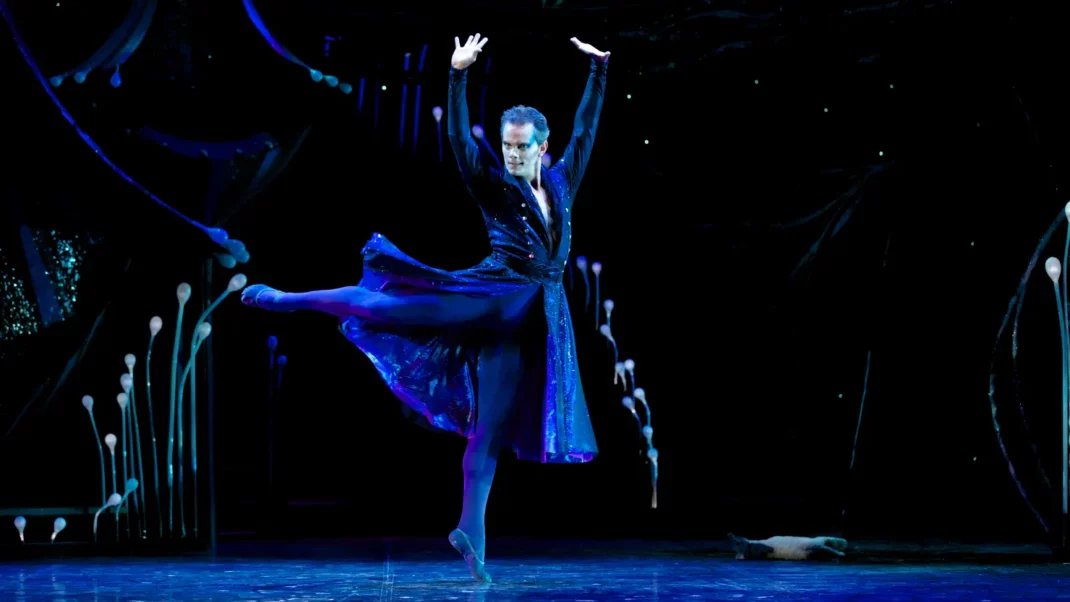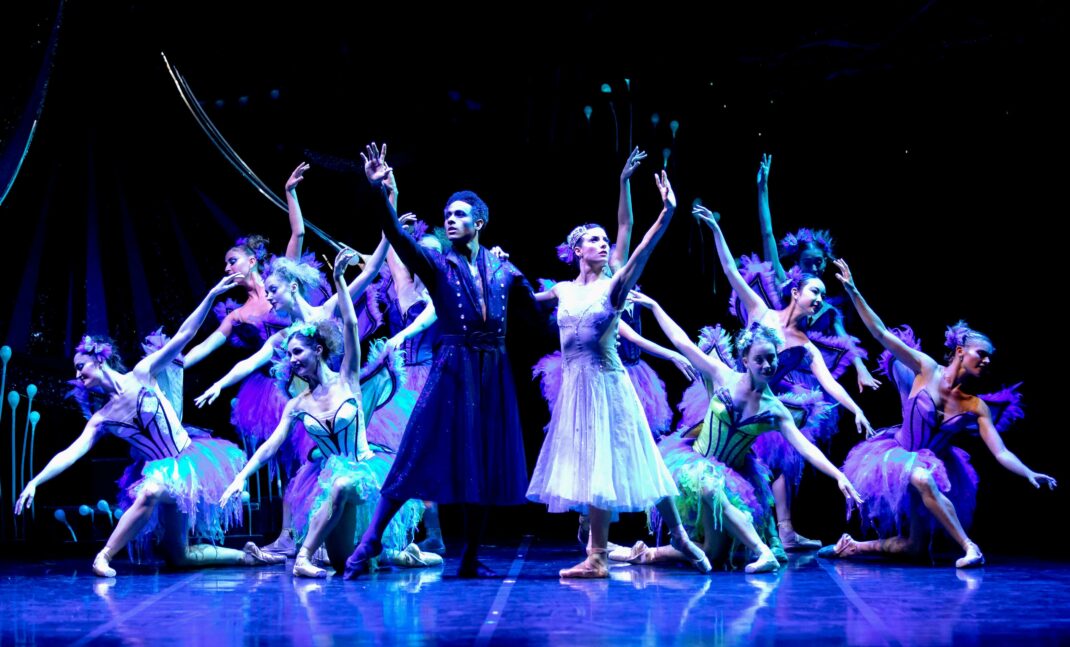- Remi Wörtmeyer
Former Australian Ballet dancer (and a graduate of the Australian Ballet School), Remi Wörtmeyer, has been appointed artistic director of BalletMet in Columbus, Ohio. The press from BalletMet has further information and some online examples of his dancing and choreography. Follow this link.
Wörtmeyer’s career has been diverse to say the least. In addition to his dance-related activities, which include the creation of some 30 ballets for companies around the world, he established Maison Remi, an organisation that produces some incredible fashion accessories, including handbags, rings and more.

For mentions of Wörtmeyer on this website see this tag.
- News from Queensland Ballet
Queensland Ballet goes from strength to strength as an organisation. The company recently announced it had taken another step towards its ‘Three Sites: One Vision’ concept by purchasing land in Brisbane on Montague Road close to the Thomas Dixon Centre. The new site will eventually house the company’s sets and costumes. ‘Three Sites’ includes the Thomas Dixon Centre with its exceptional small theatre and administration and classroom areas. The second site is the housing of the Queensland Ballet Academy at the Kelvin Grove State College Campus. The new site to house costumes and sets will be the third.
In another recent announcement, the company advised that it had become the first performing arts company in the world to become WELL CertifiedTM at the Platinum level. This recognition came as a result of the restoration of Queensland Ballet’s home, the Thomas Dixon Cente. The media release reads, in part:
The WELL Building Standard is an evidence-based performance certification system hat marries best practices in design and construction with policy and operational strategies. The Thomas Dixon Centre earned the distinction based on ten concepts—Air, Water, Light, Nourishment, Movement, Thermal Performance, Sound, Materials, Mind and Community.
- Isadora Duncan
In last month’s dance diary I mentioned a 2001 publication, Isadora. A sensational life, by Peter Kurth, which I had just read. The book encouraged me to read some more of the books about Isadora, which have been languishing on my bookshelves—it has been years since I looked at them. Isadora’s autobiography, Isadora: My life originally published in 1928, was hugely personal (as I guess is typical of any autobiography). But it gave a clear picture of her approach to dance, and of her distaste for ballet as a style, although there were times when it seemed she was simply making sweeping generalisations. But it looked at events in her life from a different perspective from the way Kurtz described those occasions. The book I enjoyed most was The search for Isadora. The Legend and Legacy of Isadora Duncan by Lillian Loewenthal, published in 1993. It was the most analytical and perhaps divorced from hysteria of one kind or another.
Three very different approaches! It made very clear how much of a person and his/her/their background is revealed in a publication. Now I have Isadora Duncan. Une Sculpture Vivante, to examine. Published in 2009, it an exhibition catalogue, with some essays, from the Musée Bourdelle in Paris.


My comments on Kurth’s book are in the dance diary for May at this link.
- Press for June 2024
Bangarra’s ‘Horizon’. Dance Australia, 17 June 2024. Online at this link.
SDC ‘Momenta’. Dance Australia. 24 June 2024. Online at this link.
Michelle Potter, 30 June 2024
Featured image: Remi Wörtmeyer, 2024. Photo: © Jennifer Zmuda/BalletMet
